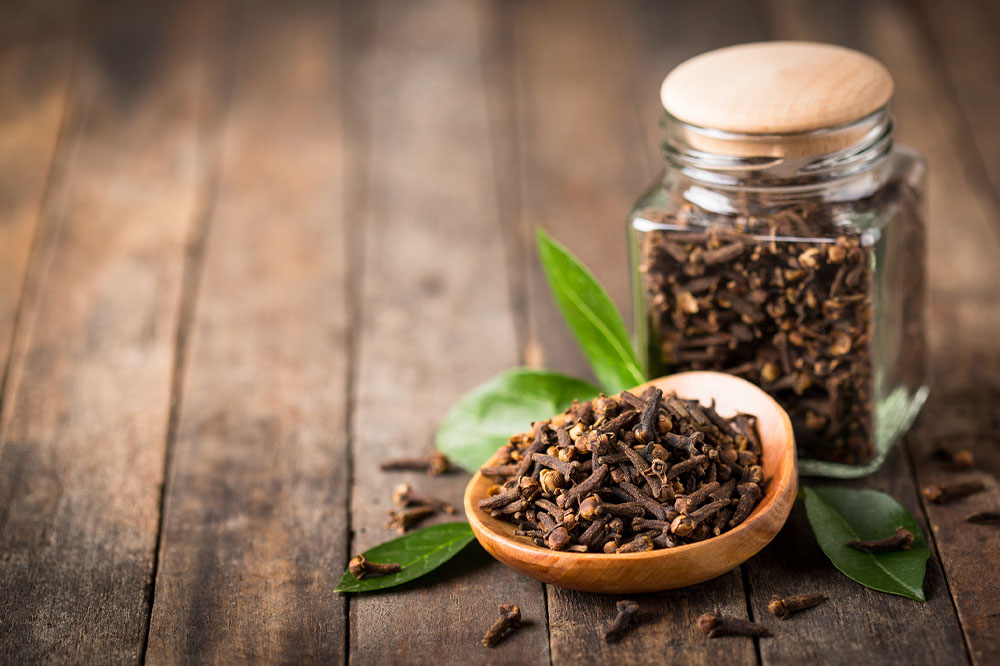5 myths about sunglasses debunked
Sunglasses not only help protect your eyes from ultraviolet rays but also add aesthetic appeal to the overall appearance. With the right sunglasses, you can pull off any look and, at the same time, maintain eye health. One can opt for polarized sunglasses for the beach day or classic aviators for a brunch date. However, there are many myths about the usage of sunglasses, which unfortunately leads to vision damage. Let’s debunk the following four myths: Myth 1 – Children don’t need sunglasses One common myth amongst adults is that children don’t particularly need sunglasses for protection as adults do. Research shows that the lens of a child allows more UV rays to penetrate through their sensitive retina than in adults. Once you begin to protect the eyes from a nascent stage, you can prevent some eye-related issues from developing as your child grows. Some sunglasses for kids are ambiguous about the features and merely state that they offer protection from ultraviolet rays. Please do not buy them unless it clearly states they provide 100% protection from UV rays. Myth 2 – Cheap sunglasses don’t offer protection Higher the prices, better the quality. This is a general belief that is also applied to eyewear.
Read More 









